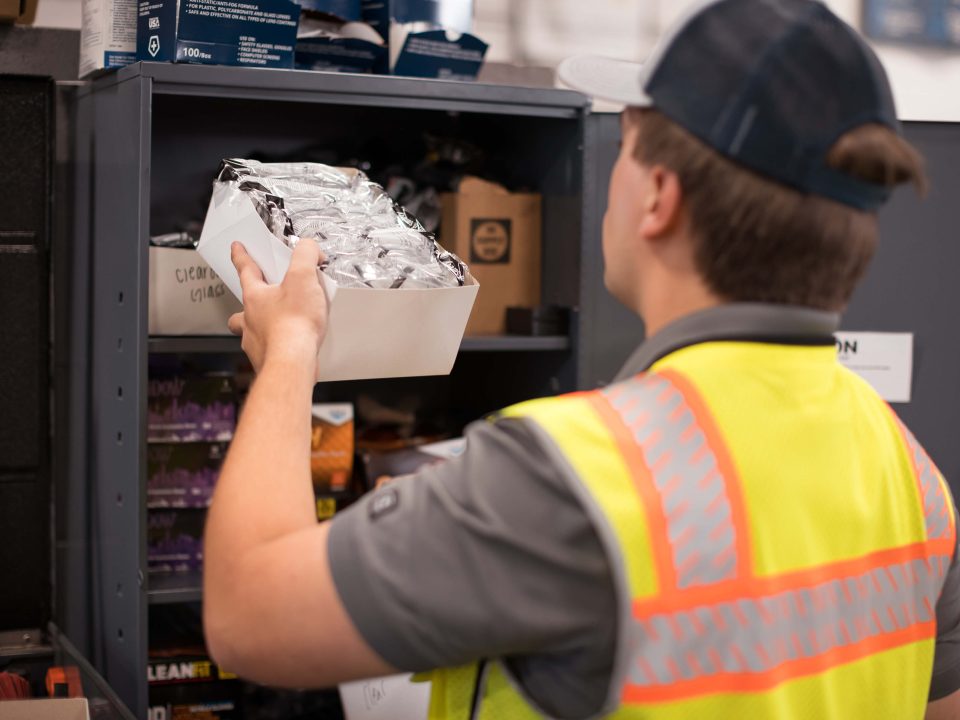
Safety & PPE Supplies
Protect your team from head to toe with Thompson’s PPE services. We deliver and manage your protective gear inventory—keeping your workplace compliant, stocked, and ready for any job.
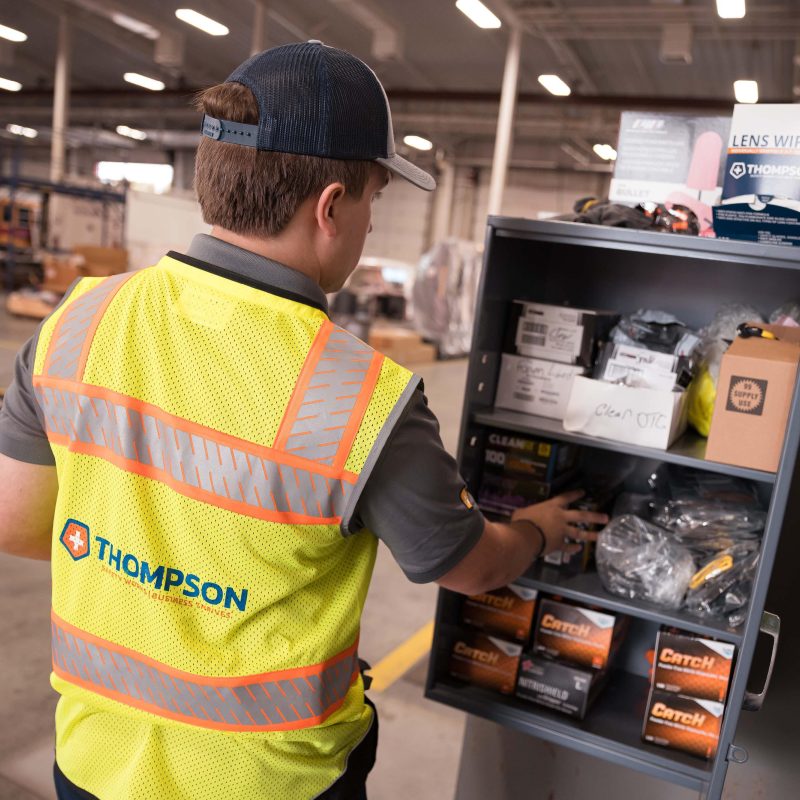
Service Overview
Our PPE program simplifies safety management. We handle sourcing, delivery, and inventory tracking while ensuring every item meets OSHA, ANSI, and ISEA standards. From gloves and eyewear to fall protection and flame-resistant gear, Thompson Safety keeps your team covered.
How It Works
- Workplace Assessment: We identify hazards and determine the PPE needed for each task.
- Product Selection: Choose from thousands of products from trusted brands tailored to your needs.
- Inventory Management: We deliver and monitor PPE onsite to maintain proper stock levels.
- Compliance Reporting: Receive digital records for easy tracking and audit support.
- Ongoing Support: Access 24/7 service and account management whenever you need it.
Popular PPE Categories
We provide high-quality safety products from leading manufacturers:
- Gloves and hand protection
- Hearing protection and earplugs
- Hard hats and headgear
- Respirators and gas detection
- Safety glasses and face shields
- Protective apparel and flame-resistant gear
- Fall protection and harness systems
- Heat stress and cooling products
Compliance Standards
Thompson Safety ensures your PPE meets all key regulations, including:
- OSHA: Proper PPE selection, use, and maintenance.
- ANSI/ISEA: Certified protective gear that meets testing and performance standards.
We help you choose equipment that fits right, performs well, and meets every requirement.
Popular Products
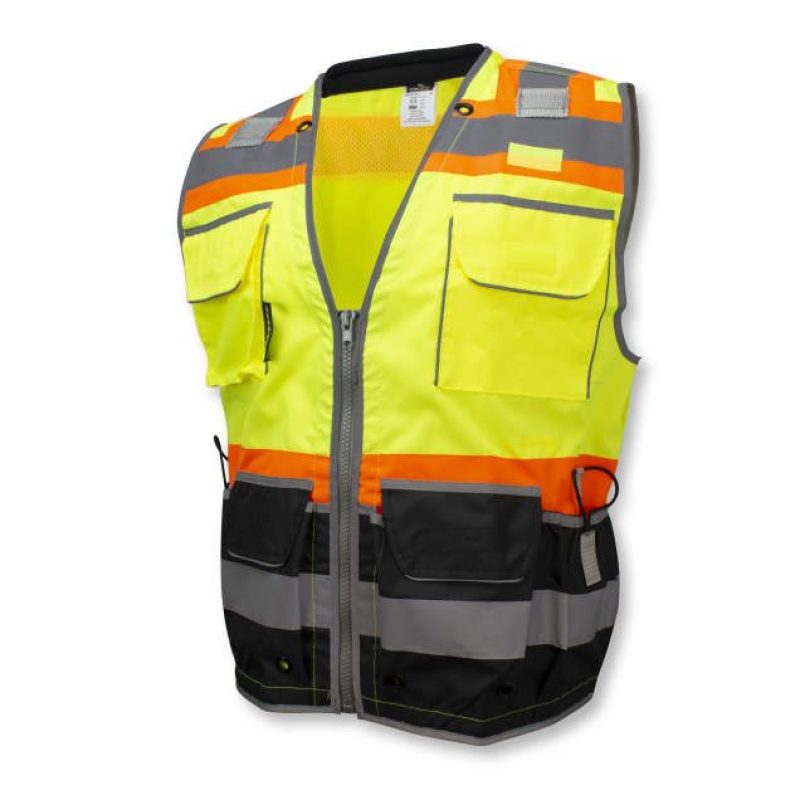
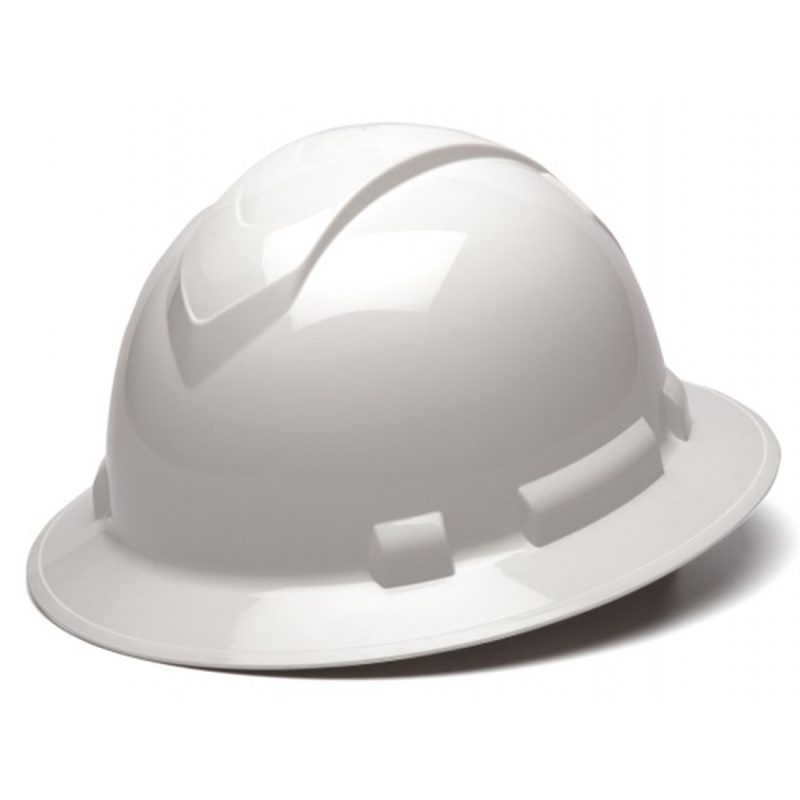

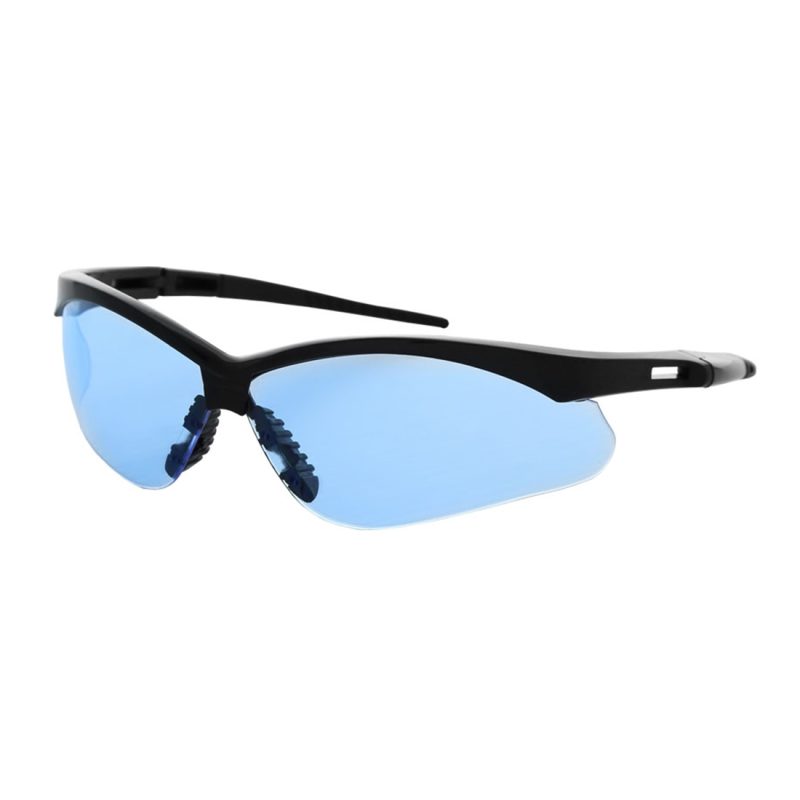
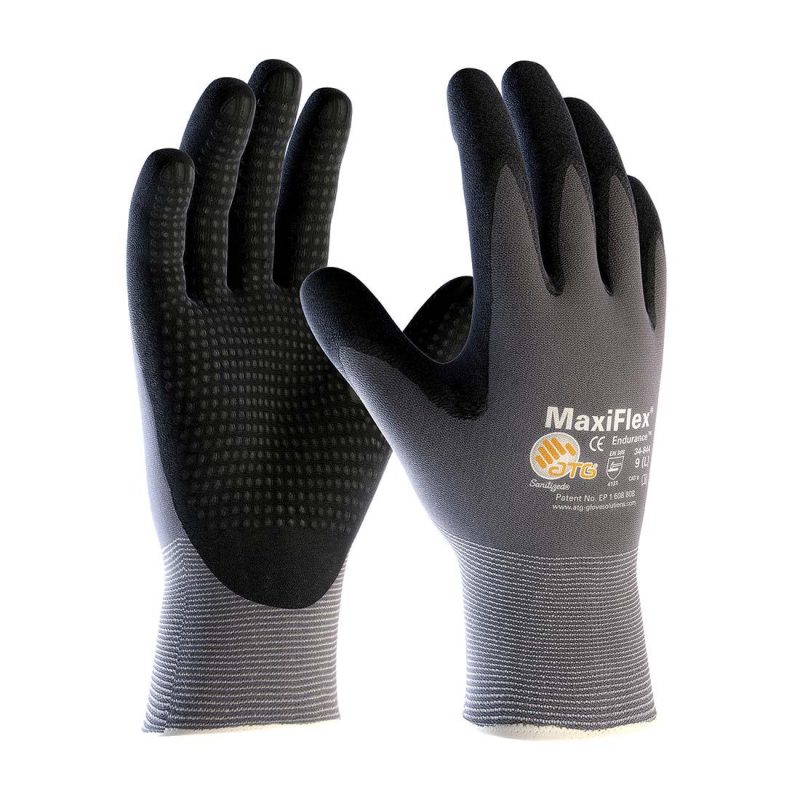
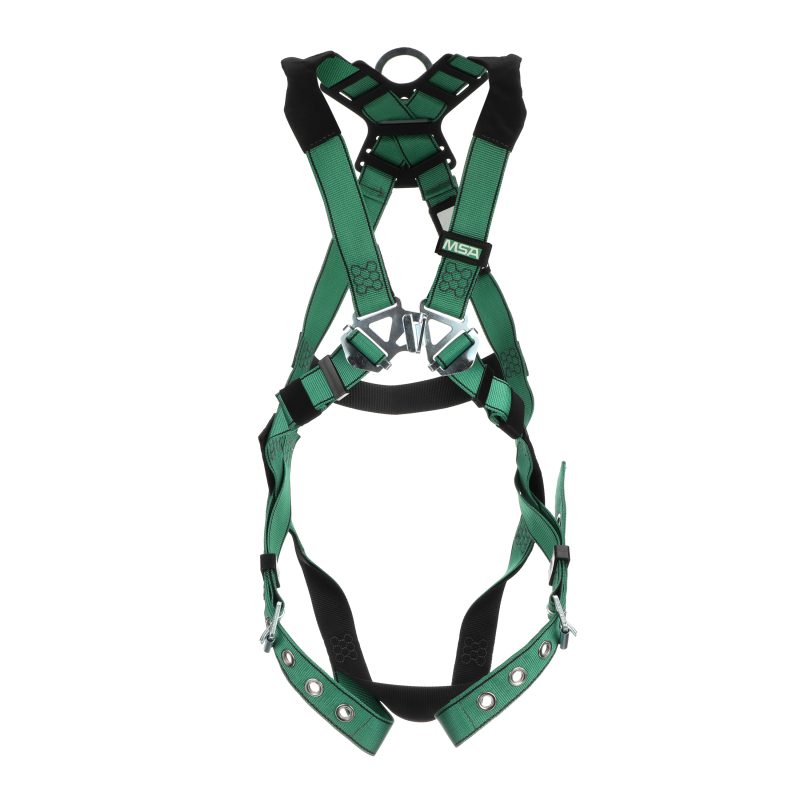
Frequently Asked Questions

We track usage and restock onsite so you never run out of critical gear.
Yes. We tailor PPE to your industry, hazard levels, and job types.
Absolutely. We source from leading manufacturers to ensure quality and reliability.
Typically every month, or as needed based on usage and site demands.
It saves time, reduces waste, and keeps your program compliant year-round.
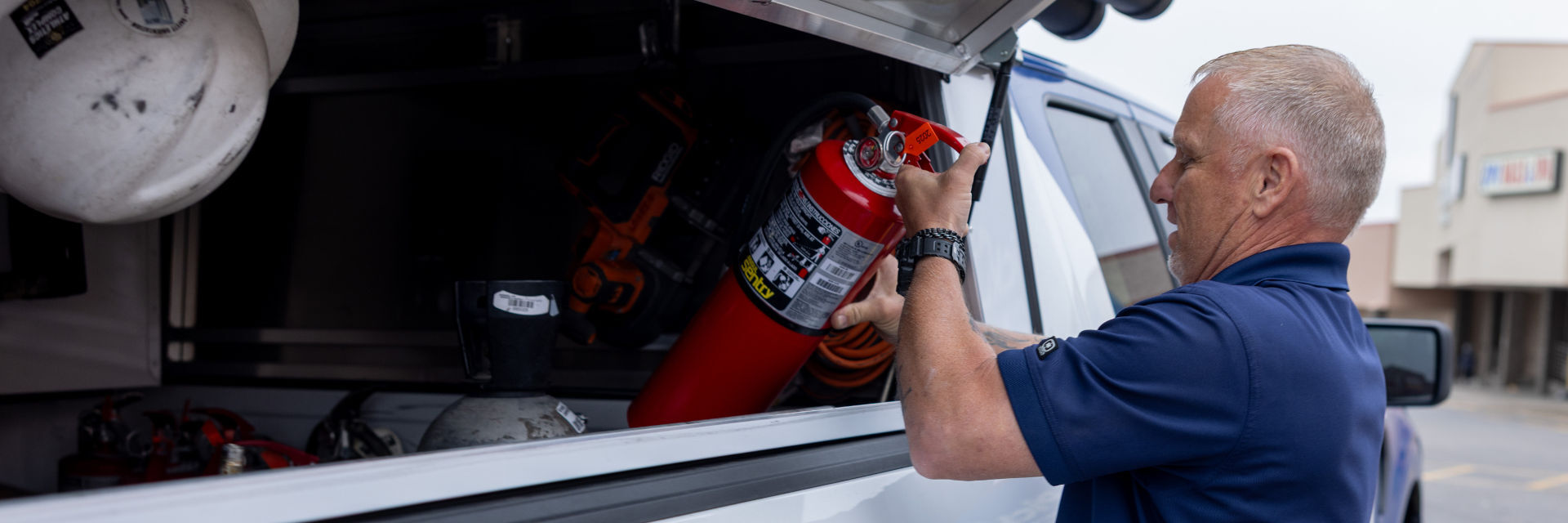
Ready to Get Started?
Keep your team protected and compliant with Thompson’s PPE Services.
Request Quote